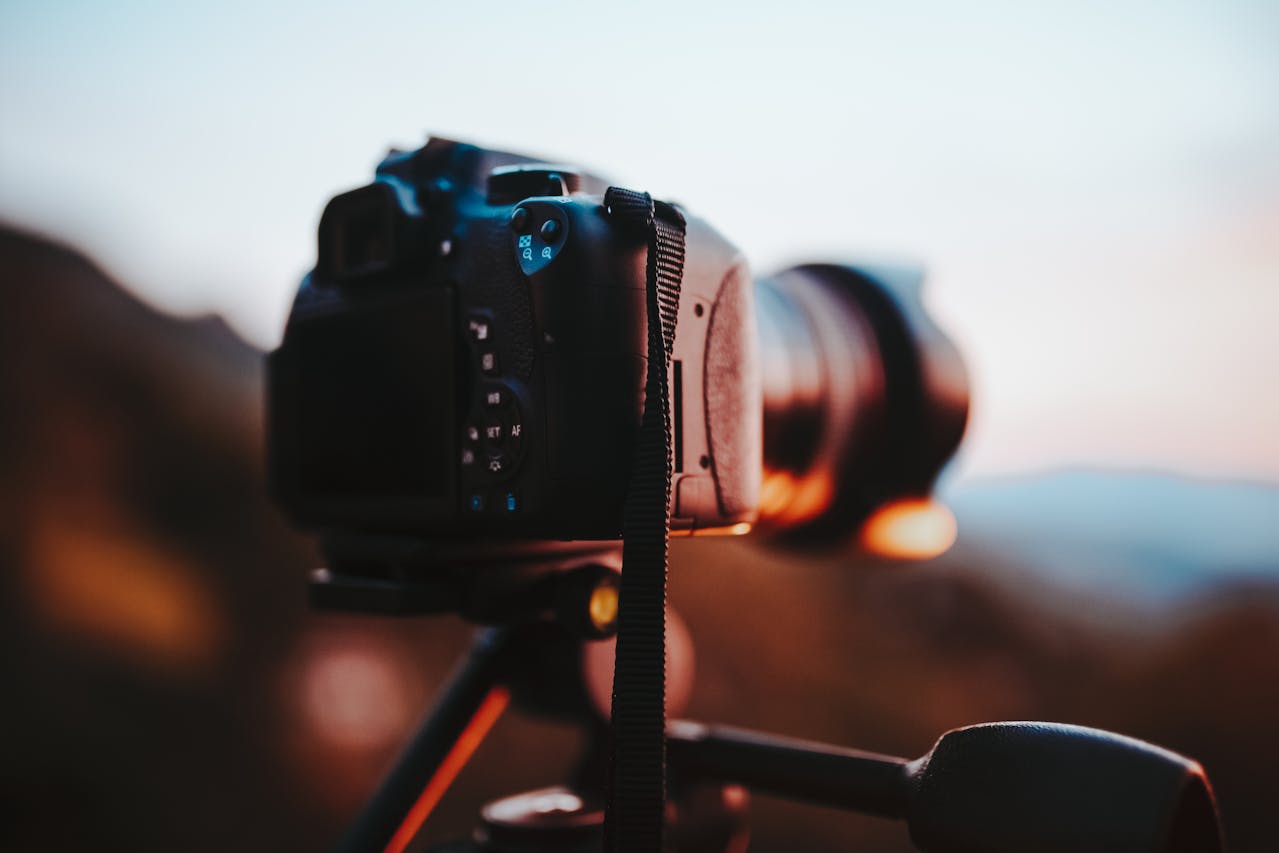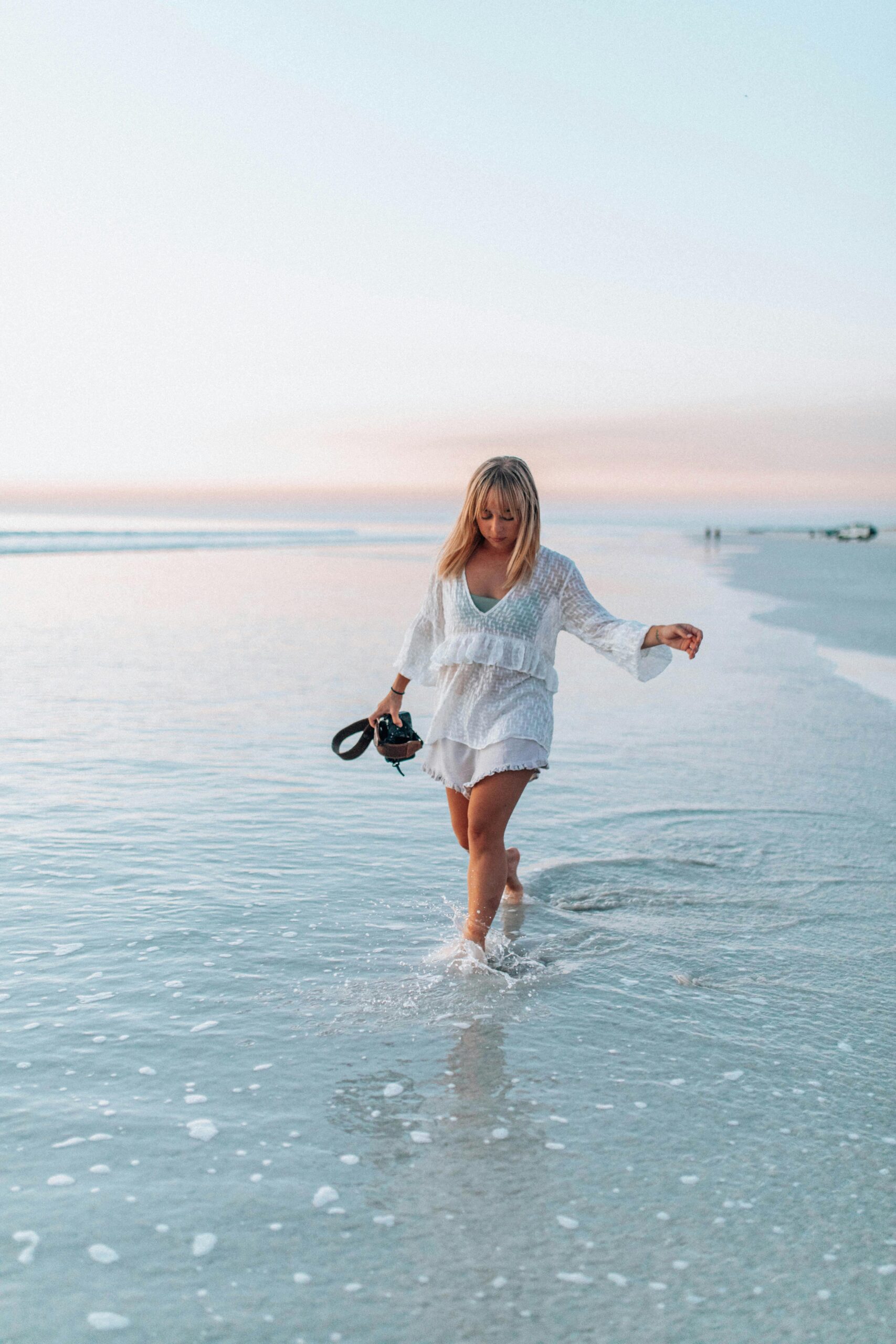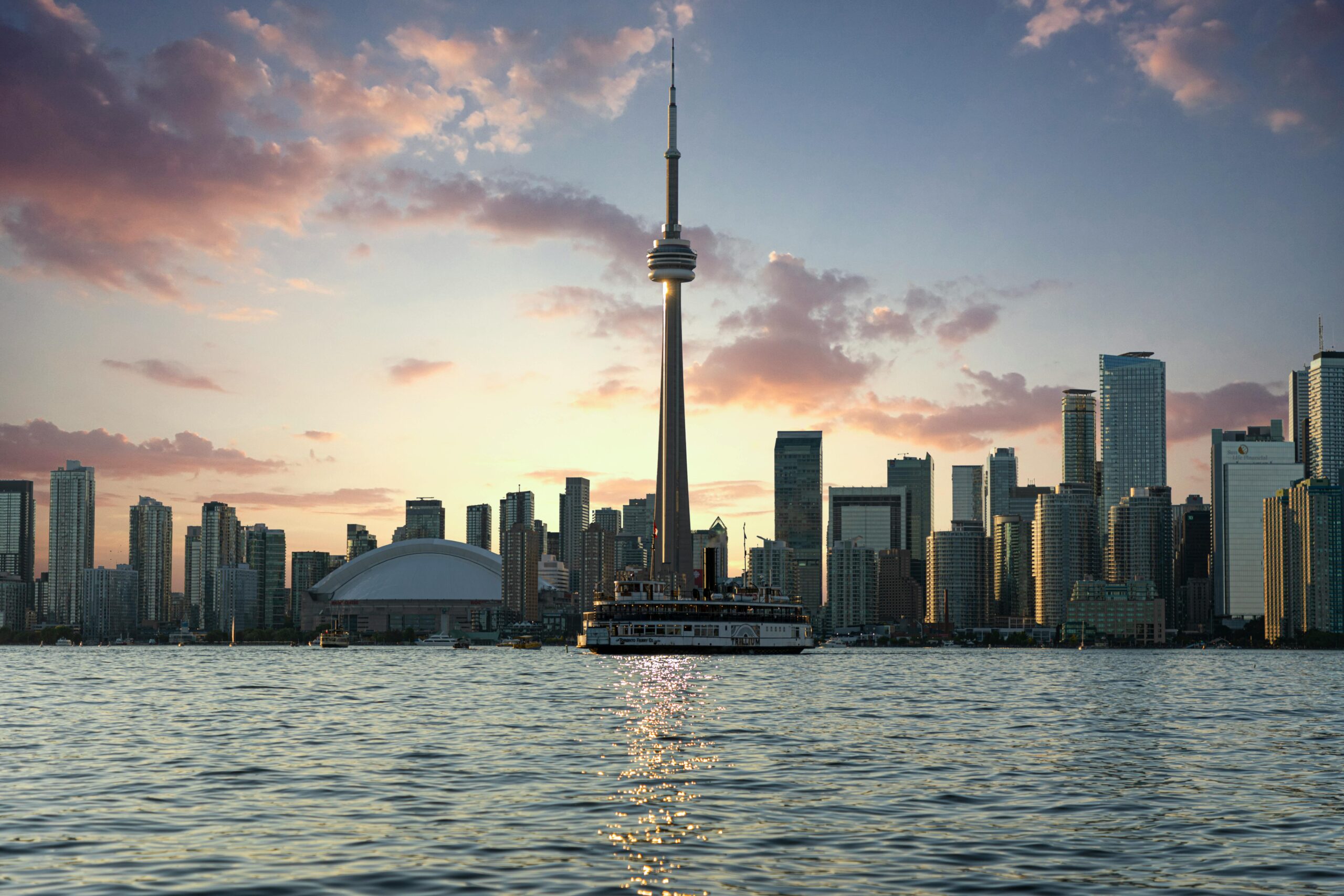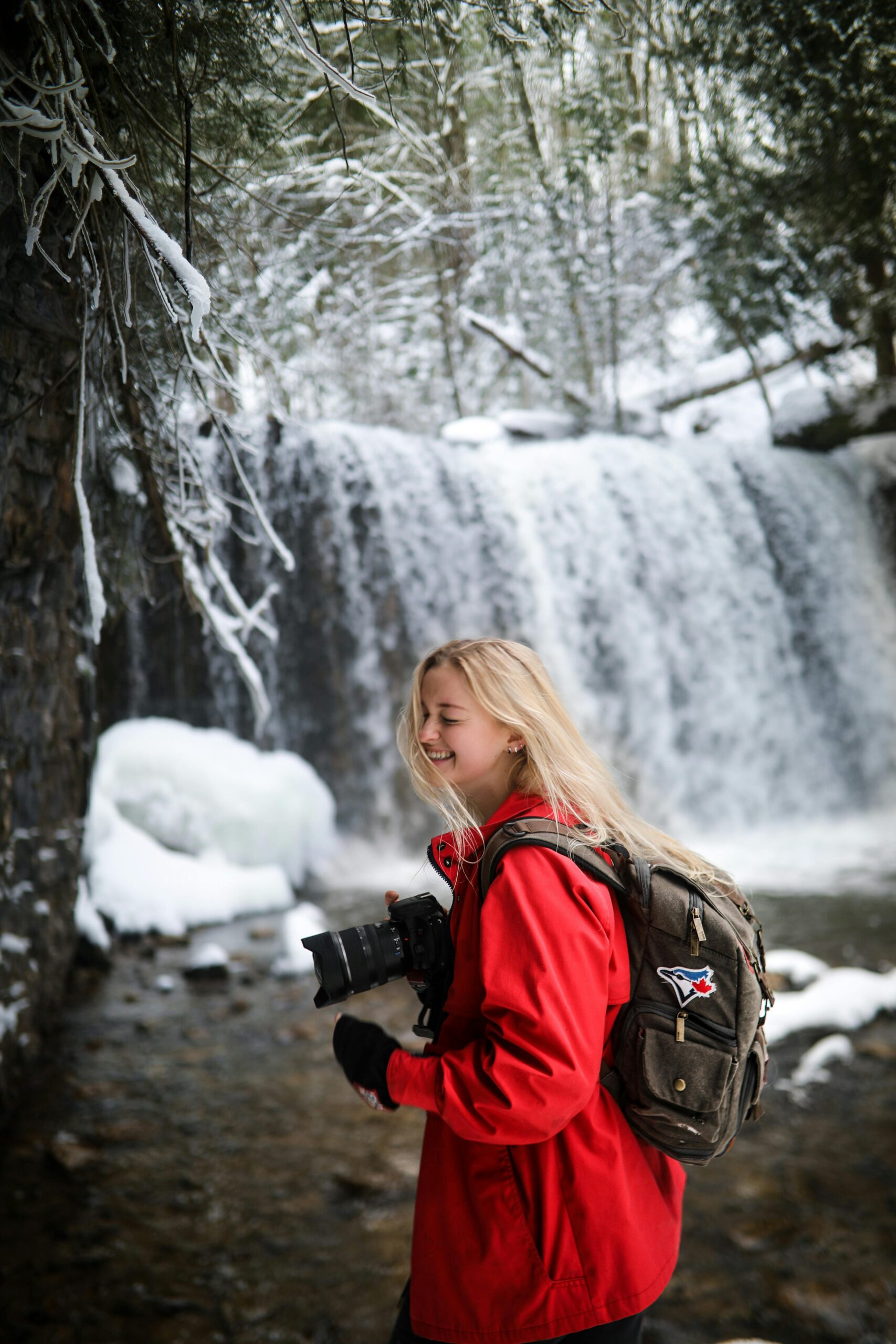Building a professional photography kit in Canada doesn’t require a mortgage on your house or maxing out credit cards. With strategic planning, smart shopping, and understanding what equipment truly matters for your photography goals, you can assemble a capable setup that produces professional results without breaking the bank.
This comprehensive guide covers essential equipment priorities, budget-friendly alternatives, Canadian retailers and pricing strategies, plus financing options to help you build your photography arsenal affordably. Whether you’re starting your photography journey or upgrading existing gear, these strategies will maximize your equipment budget while minimizing compromises on quality.

Understanding Equipment Priorities
The 80/20 Rule in Photography Equipment Focus 80% of your budget on equipment that provides 80% of your results:
High-Priority Items (80% of budget impact):
- Camera body (but not necessarily the latest model)
- One or two quality lenses
- Sturdy tripod
- Adequate storage and backup solutions
Lower-Priority Items (20% of budget impact):
- Multiple camera bodies
- Extensive lens collections
- Specialized accessories
- Latest technology features
Needs vs. Wants Assessment Before purchasing any equipment, honestly assess:
- Essential for your photography style: Wedding photographers need flash equipment; landscape photographers need wide-angle lenses
- Immediate income generation: Will this purchase directly enable paying work?
- Skill development: Does current equipment limit your learning and growth?
- Long-term investment: Will this equipment serve you for years, not months?
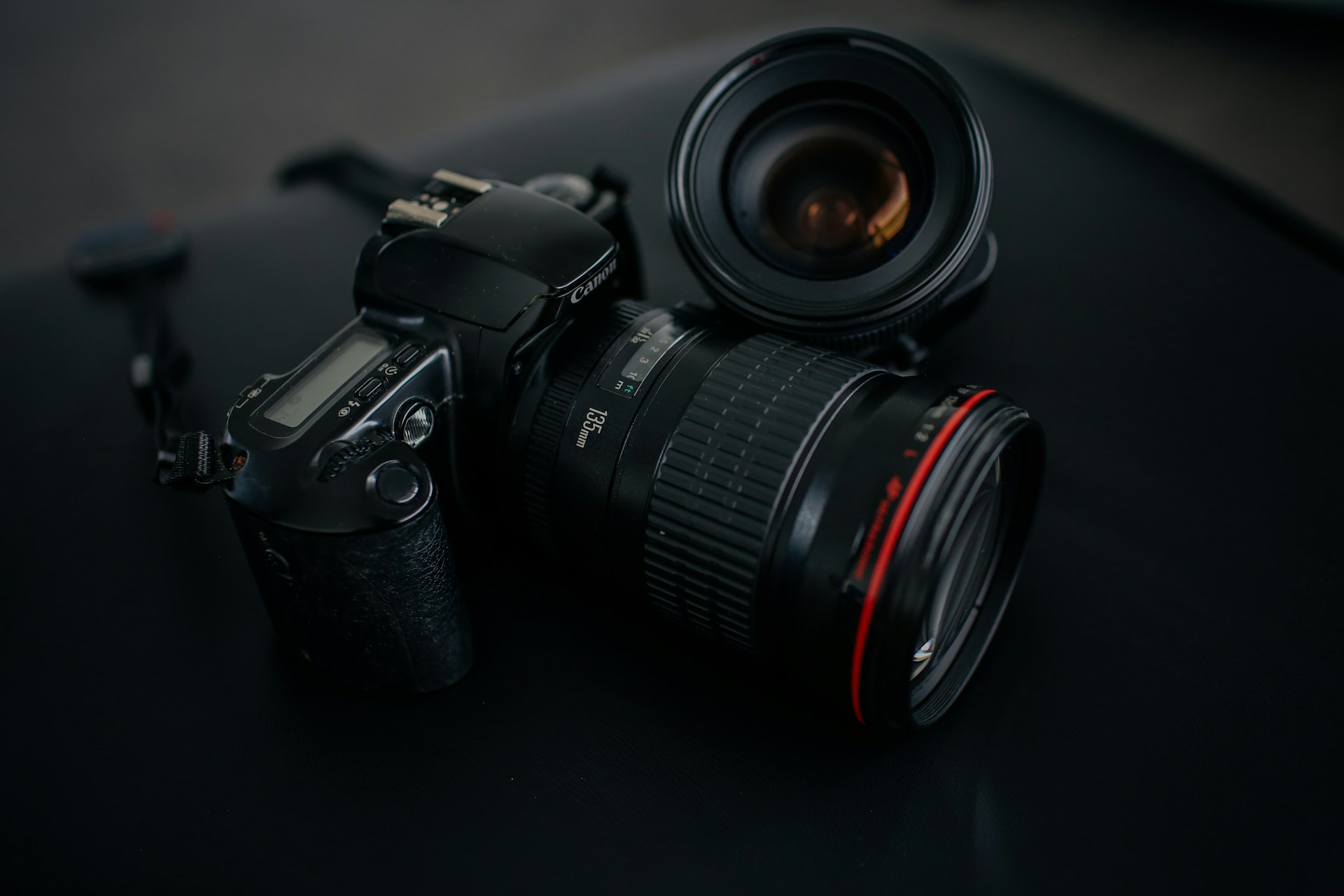
Camera Body Budget Strategies
Previous Generation Advantages Camera technology evolves rapidly, making previous-generation models excellent value:
Canon Examples (Canadian pricing):
- Canon EOS R6 Mark II: $3,200 CAD (current)
- Canon EOS R6: $2,400 CAD (previous generation)
- Canon EOS R5: $4,900 CAD (current)
- Canon EOS R: $2,000 CAD (discontinued but available)
Nikon Comparisons:
- Nikon Z9: $7,000 CAD (flagship)
- Nikon Z7II: $3,500 CAD (previous generation)
- Nikon Z6II: $2,400 CAD (excellent value option)
Sony Options:
- Sony A7R V: $4,900 CAD (latest)
- Sony A7R IV: $3,200 CAD (still excellent)
- Sony A7 III: $2,200 CAD (outstanding value)
Entry-Level Excellence Modern entry-level cameras offer professional-quality results:
- Canon EOS R10: $1,100 CAD
- Nikon Z30: $950 CAD
- Sony A6100: $900 CAD
- Fujifilm X-T30 II: $1,200 CAD
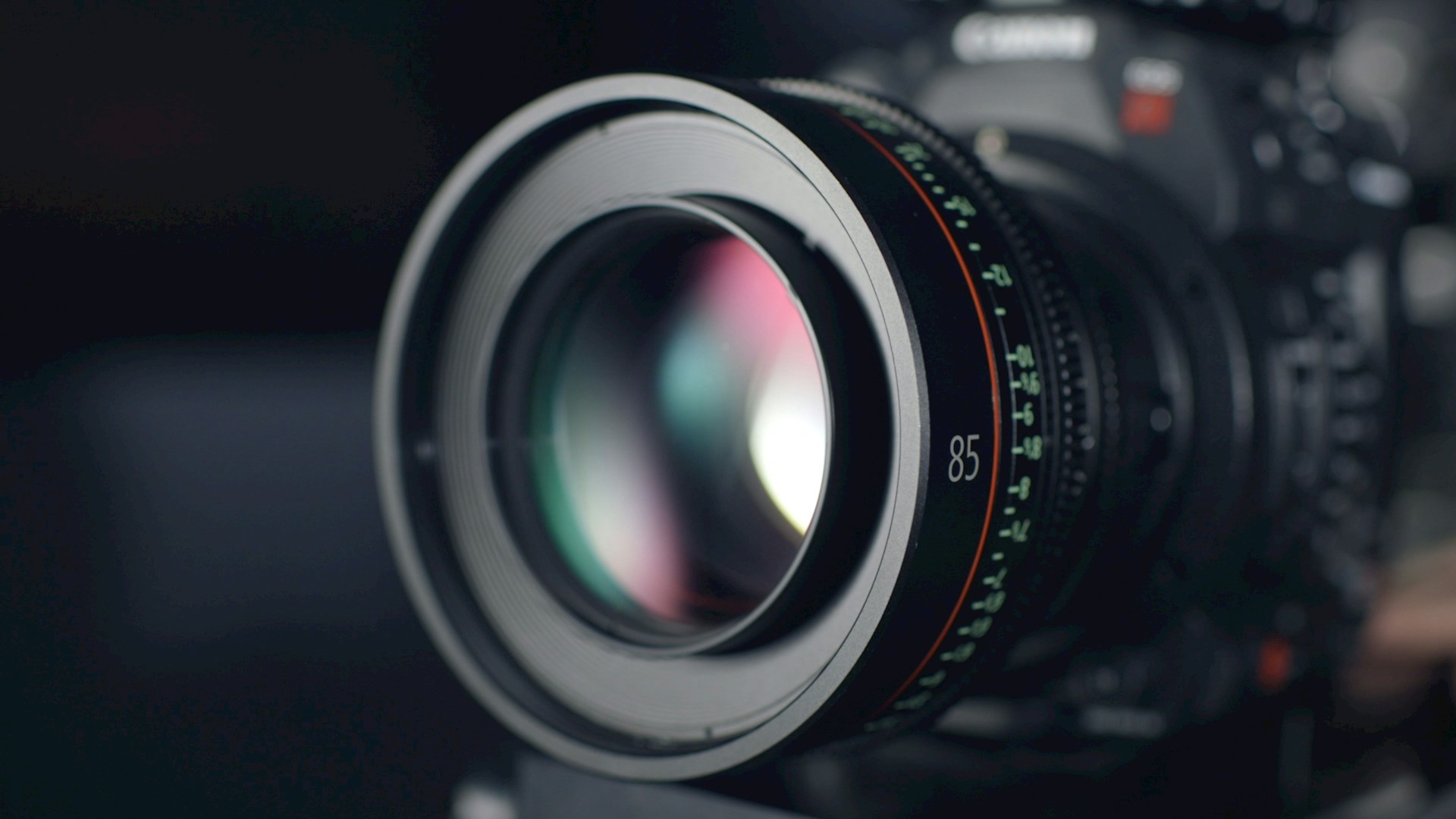
Lens Selection Strategies
Prime vs. Zoom Economics Prime lenses often provide better value than zoom lenses:
Budget Prime Recommendations:
- Canon RF 50mm f/1.8: $250 CAD
- Nikon Z 50mm f/1.8: $350 CAD
- Sony FE 50mm f/1.8: $300 CAD
- Fujifilm XF 35mm f/2: $450 CAD
Zoom Lens Value Options:
- Tamron 28-75mm f/2.8 (Sony): $800 CAD
- Sigma 24-70mm f/2.8 (various mounts): $1,200 CAD
- Canon RF 24-105mm f/4-7.1: $500 CAD
- Nikon Z 24-70mm f/4: $700 CAD
Third-Party Lens Advantages Sigma, Tamron, and other manufacturers offer excellent alternatives:
- Quality comparable to first-party lenses
- Price savings of 30-50% compared to camera manufacturer lenses
- Unique focal lengths not available from camera manufacturers
- Warranty support available in Canada through authorized dealers
Lens Rental Before Purchase Canadian lens rental services help you test before buying:
- The Camera Store (Calgary): Extensive rental inventory
- Vistek (Toronto, Vancouver): Professional rental services
- Camera Canada (Multiple locations): Rent-to-own programs
- Lens Rentals Canada (Online): Mail-order rental service
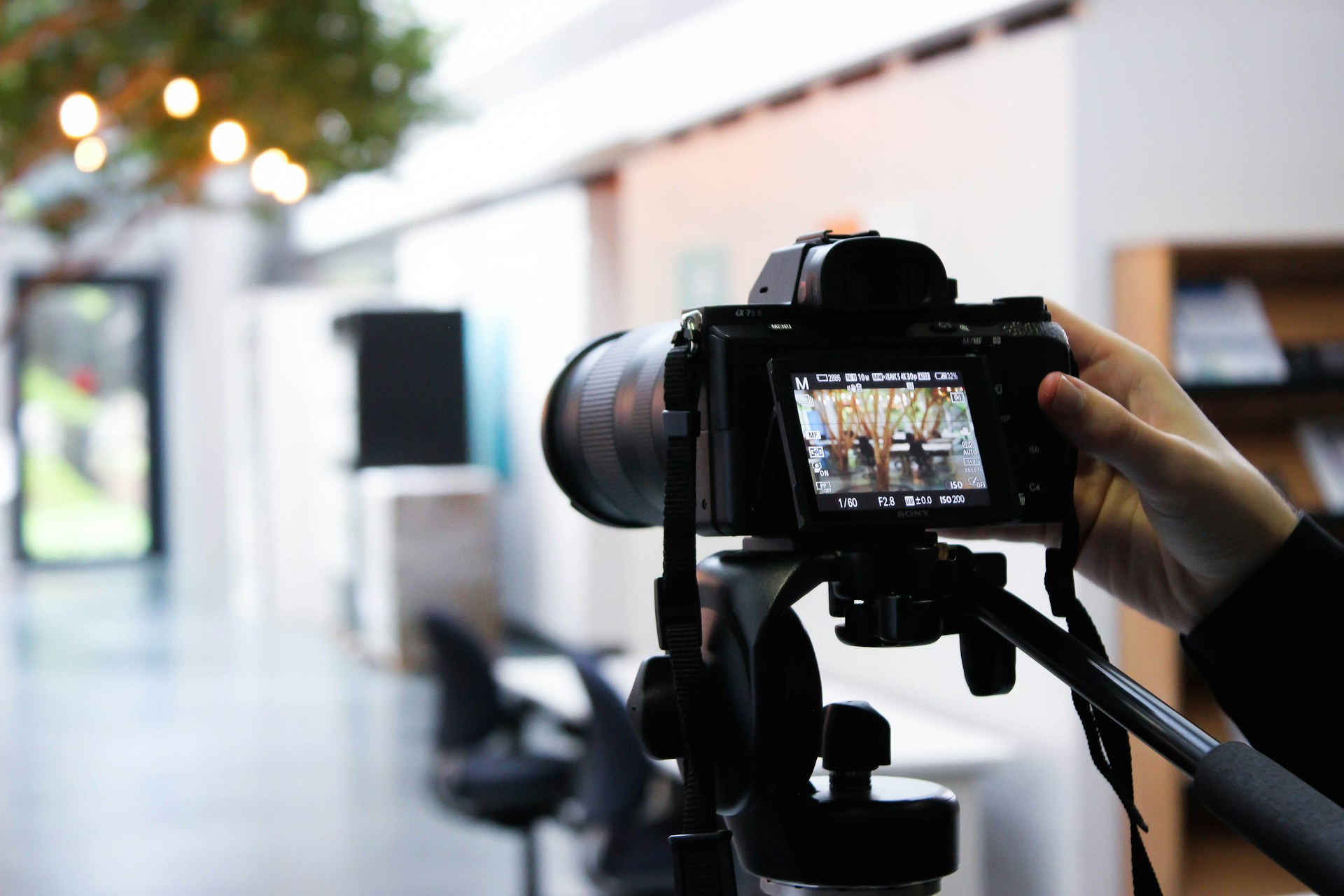
Tripod and Support Equipment
Budget Tripod Considerations A quality tripod is essential for sharp images, but expensive carbon fiber isn’t always necessary:
Aluminum vs. Carbon Fiber:
- Aluminum advantages: Lower cost, durability, adequate for most uses
- Carbon fiber benefits: Lighter weight, better vibration dampening, higher cost
- Budget recommendation: Start with quality aluminum, upgrade to carbon fiber later
Recommended Budget Tripods:
- Manfrotto Element MII: $180 CAD (aluminum, excellent value)
- Vanguard Alta Pro 263AP: $220 CAD (multi-angle legs, versatile)
- Benro Travel Angel FTA28CV1: $350 CAD (carbon fiber at budget price)
- Sirui T-025X: $150 CAD (travel tripod, compact design)
Head Selection Strategy Don’t overlook tripod head importance:
- Ball heads: Quick adjustments, good for most photography
- Pan-tilt heads: Precise adjustments, better for video work
- Budget ball head: Manfrotto 496RC2 ($120 CAD)
- Budget pan-tilt: Manfrotto MVH500AH ($180 CAD)
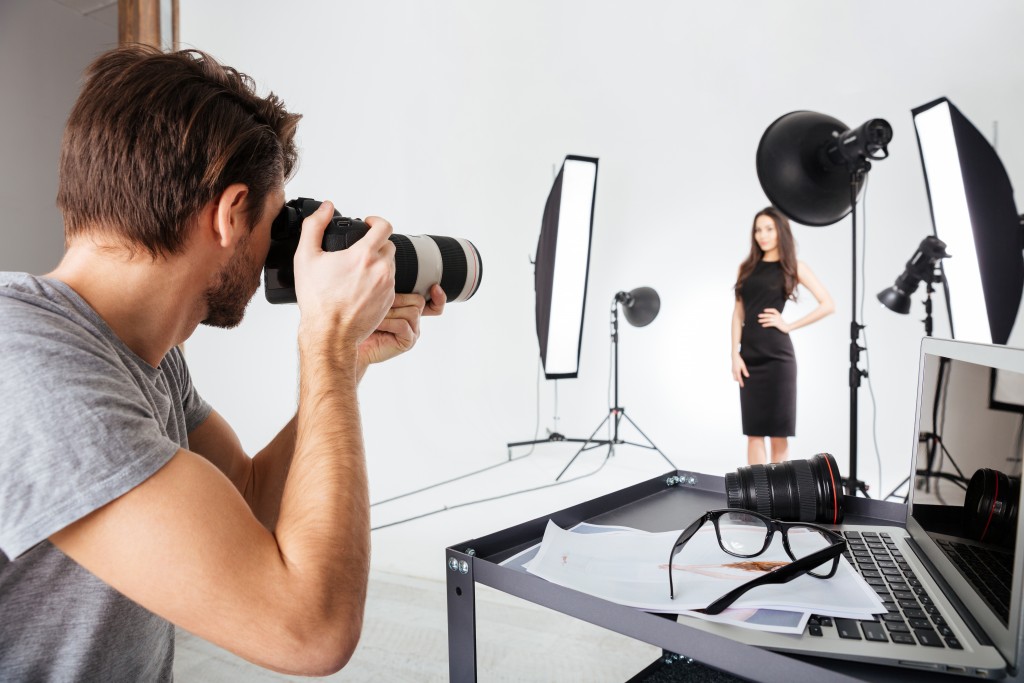
Lighting Equipment on a Budget
Flash Equipment Priorities Professional lighting doesn’t require expensive studio strobes:
Speedlight Options:
- Godox V1: $280 CAD (round head, excellent performance)
- Yongnuo YN685: $120 CAD (Canon/Nikon compatible, great value)
- Neewer TT560: $60 CAD (manual flash, basic but functional)
- Canon Speedlite 430EX III-RT: $350 CAD (reliable, TTL capability)
Continuous Lighting Alternatives: For video and portrait work:
- Neewer 660 LED Panel: $90 CAD (bi-color, battery powered)
- Godox SL-60W: $200 CAD (Bowens mount, powerful LED)
- Aputure AL-M9: $40 CAD (pocket-sized fill light)
DIY Light Modifiers Create professional-quality light modification inexpensively:
- White sheet or shower curtain: Instant softbox for under $10
- Foam core boards: Reflectors and flags for $5 each
- Emergency blanket: Gold/silver reflector for $3
- Wax paper: Diffusion material for harsh flash
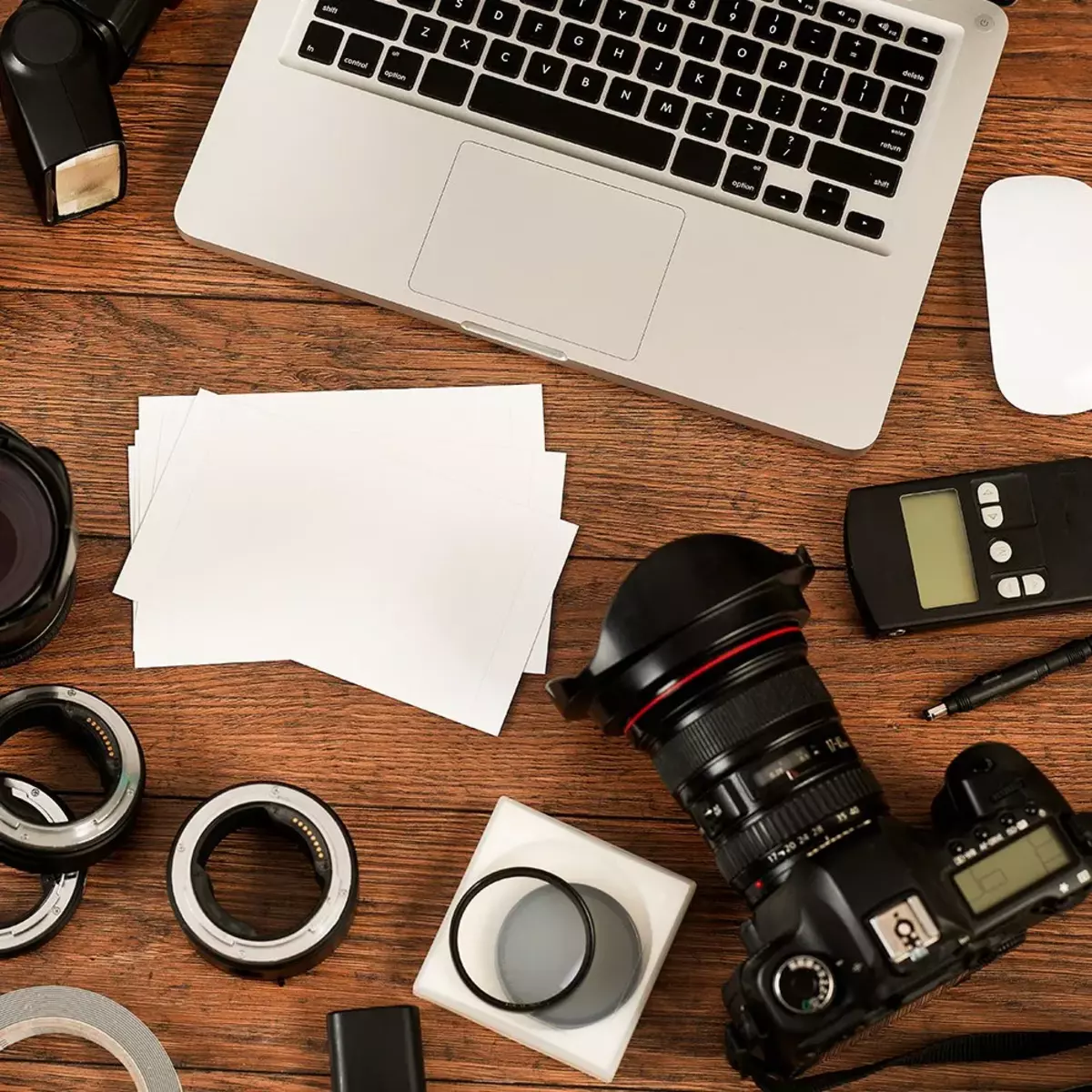
Storage and Memory Solutions
Memory Card Strategy Don’t compromise on memory cards – data loss is expensive:
Reliable Budget Options:
- SanDisk Extreme Pro 64GB: $90 CAD
- Lexar Professional 128GB: $120 CAD
- Kingston Canvas React 64GB: $70 CAD
Memory Card Best Practices:
- Buy from authorized Canadian dealers to avoid counterfeits
- Purchase multiple smaller cards rather than one large card
- Always carry backup cards during important shoots
- Replace cards every 2-3 years to prevent failure
Storage and Backup Solutions Protect your images without expensive systems:
Budget Backup Strategy:
- Primary storage: Computer’s internal drive
- Secondary backup: External USB drive ($100-200 CAD)
- Off-site backup: Cloud storage service ($10-20/month CAD)
- Archive storage: Additional external drive stored off-site
Recommended External Drives:
- WD My Passport 2TB: $120 CAD (portable, reliable)
- Seagate Backup Plus 4TB: $150 CAD (desktop, large capacity)
- G-Technology G-DRIVE 4TB: $280 CAD (professional grade, excellent reliability)
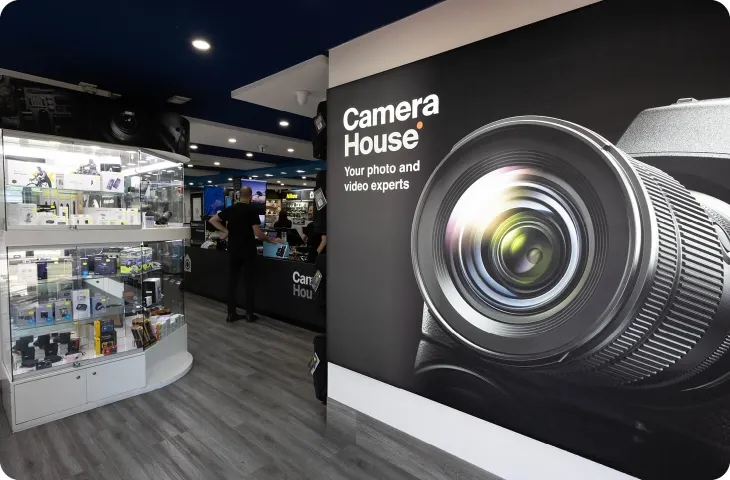
Canadian Retailers and Shopping Strategies
Major Canadian Photography Retailers Understanding where to shop can save significant money:
National Chains:
- Henry’s: Competitive pricing, frequent sales, excellent return policy
- The Camera Store: Calgary-based, expert advice, rental services
- Vistek: Professional focus, price matching, extensive inventory
- Camera Canada: Multiple locations, good selection, competitive pricing
Online Options:
- Amazon.ca: Convenient, fast shipping, but verify seller authenticity
- B&H Photo (ships to Canada): Excellent selection, competitive pricing, duties/taxes additional
- Adorama (ships to Canada): Good deals, but factor in exchange rate and duties
Regional Specialists:
- Downtown Camera (Toronto): Excellent used selection, knowledgeable staff
- Beau Photo (Vancouver): Professional equipment, rental services
- McBain Camera (Edmonton): Local expertise, competitive pricing
Timing Your Purchases Strategic timing can save hundreds of dollars:
Best Sale Periods:
- Black Friday/Cyber Monday: November discounts up to 30%
- Boxing Day: December 26th sales, clearing inventory
- Back-to-school: August/September, targeting student market
- New product launches: Previous models discounted when replacements announced
Price Monitoring Tools:
- Google Shopping: Track price changes across retailers
- Honey browser extension: Automatically finds coupon codes
- Camelcamelcamel: Amazon price history tracking
- Flipp app: Local retailer flyer comparison
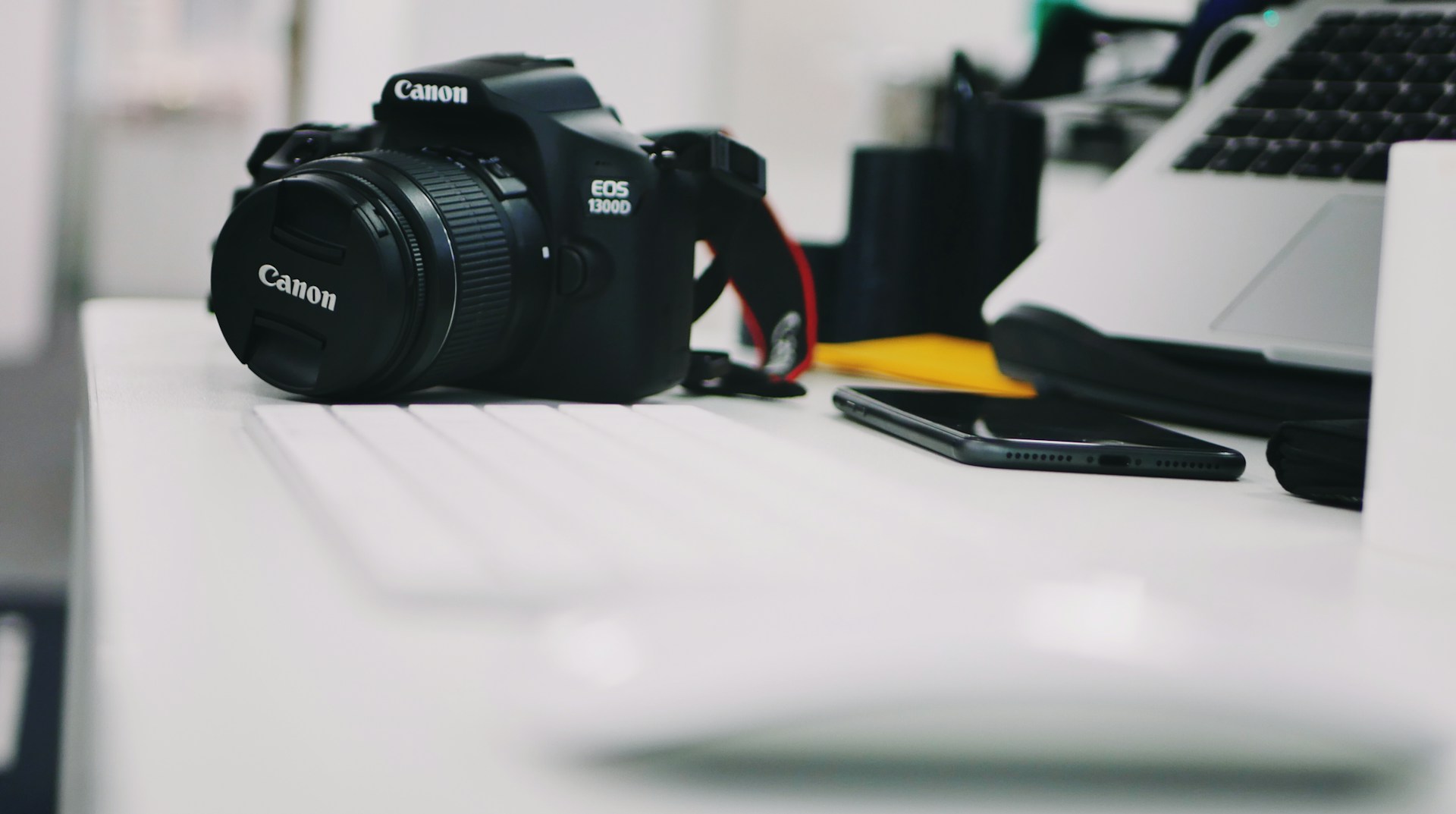
Used Equipment Strategies
Buying Used Equipment Safely The used market offers excellent value with proper precautions:
Reputable Used Sources:
- Henry’s Used Department: Warranty included, professional inspection
- The Camera Store Used: Detailed condition ratings, return policy
- KEH Camera (ships to Canada): Extensive used inventory, reliable grading
- Local camera clubs: Member sales, often well-maintained equipment
Facebook Marketplace and Kijiji Tips:
- Meet in public places: Camera stores often allow transaction space
- Test before buying: Bring memory cards, check all functions
- Research market prices: Know current values before negotiating
- Verify serial numbers: Check for theft reports, warranty status
What to Inspect on Used Cameras:
- Shutter count: Use online tools to check actuations
- Sensor condition: Look for dust, scratches, or dead pixels
- Button/dial function: Test all controls thoroughly
- Battery life: Verify battery holds charge adequately
- LCD screen: Check for cracks, dead pixels, or brightness issues
Used Lens Evaluation:
- Optical quality: Test for sharpness, aberrations
- Autofocus accuracy: Verify smooth, accurate focusing
- Aperture function: Test all aperture settings
- Physical condition: Check for dents, scratches, or loose elements
- Weather sealing: Verify gaskets and seals if applicable
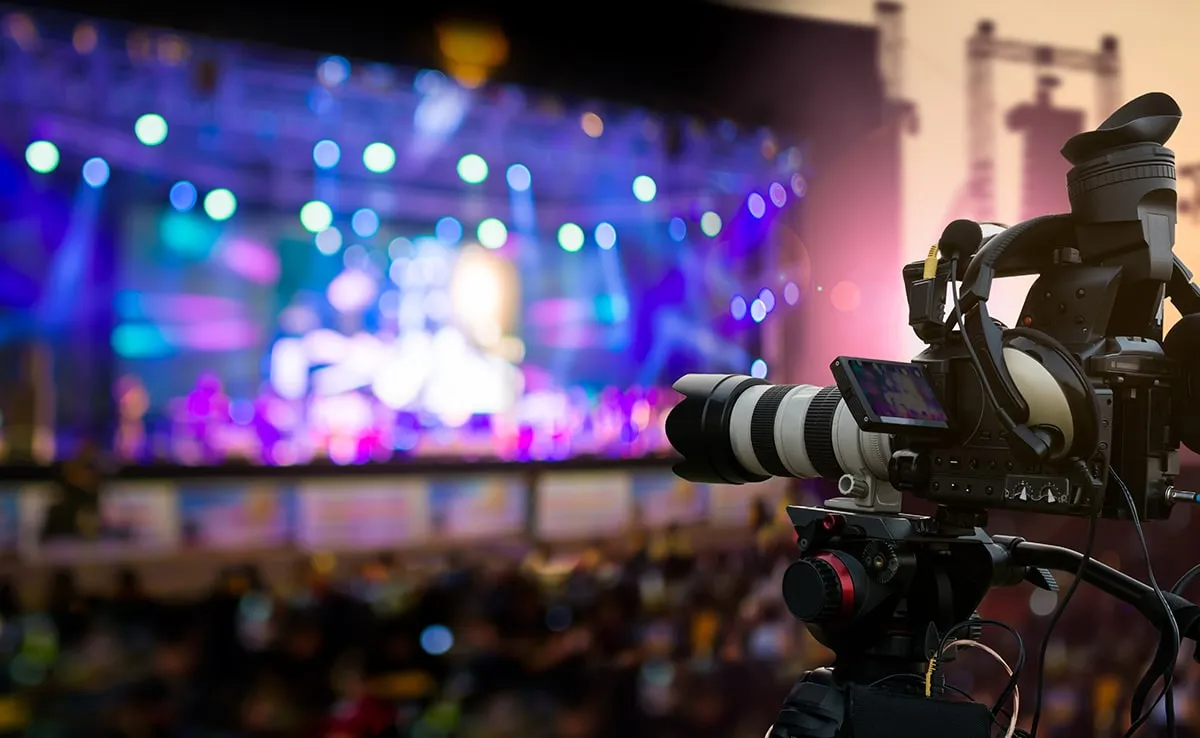
Financing and Payment Options
Canadian Photography Equipment Financing Several options help spread equipment costs:
Retailer Financing Programs:
- Henry’s FlexPay: 0% interest for qualified purchases over $500
- Vistek Payment Plans: Extended payment options for professional equipment
- PayBright (now PayPal): Available at many retailers, instant approval
Credit Card Strategies:
- 0% promotional rates: Many cards offer introductory 0% APR periods
- Cashback cards: Earn money back on photography purchases
- Extended warranty: Some cards double manufacturer warranties
- Purchase protection: Coverage for theft or damage in first months
Personal Finance Considerations:
- Only finance income-generating equipment: If it pays for itself
- Emergency fund first: Don’t compromise financial security for gear
- Total cost calculation: Include interest, fees, and opportunity costs
- Equipment depreciation: Factor in resale value decline
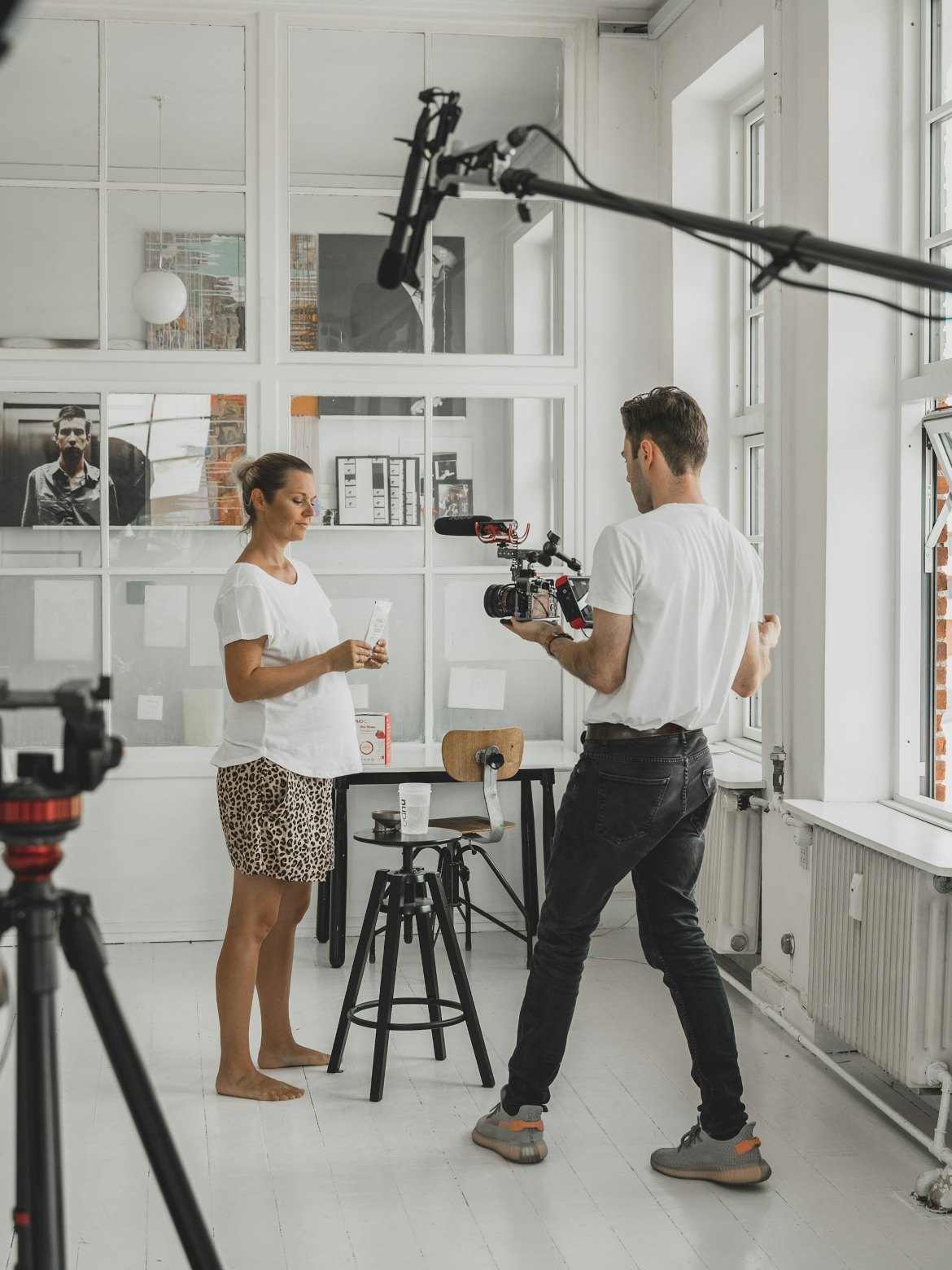
DIY Solutions and Alternatives
Homemade Equipment Solutions Creative alternatives can save hundreds of dollars:
DIY Studio Lighting:
- Clamp lights with daylight bulbs: $15 each vs. $200 studio lights
- PVC pipe backdrop stand: $30 vs. $200 commercial stands
- Foam core reflectors: $5 vs. $50 commercial reflectors
- Shower curtain diffusers: $10 vs. $100 softboxes
Camera Support Alternatives:
- Bean bags: Versatile support for irregular surfaces ($20 vs. $200 specialized mounts)
- String tripod: Stabilization for slow shutter speeds ($2 vs. $300 monopod)
- Wall/fence bracing: Free stabilization using available structures
Storage Solutions:
- Plastic storage containers: Camera gear organization ($10 vs. $100 camera bags)
- Pelican case alternatives: Waterproof protection ($50 vs. $300 Pelican cases)
- Foam padding: Custom case inserts ($15 vs. $75 pre-cut foam)
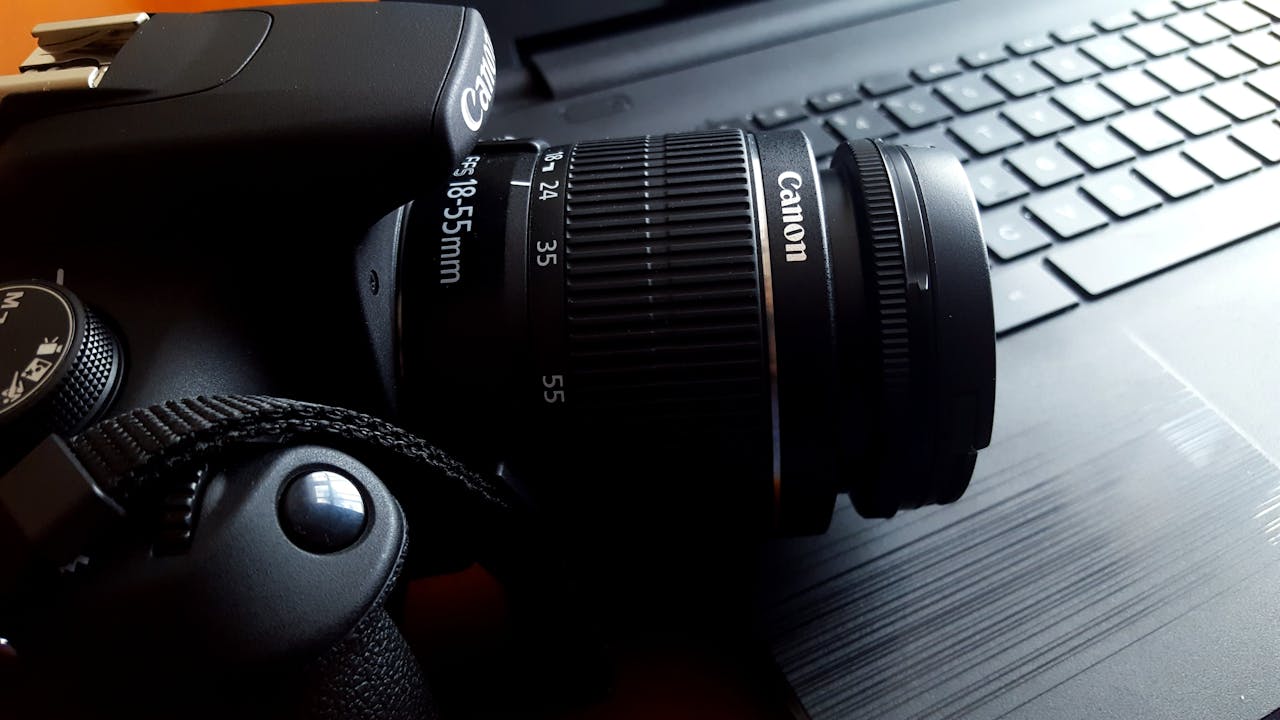
Building Your Kit Progressively
Year One Priorities ($2,000-3,000 CAD budget):
- Camera body: Entry-level or previous-generation ($800-1,200)
- Primary lens: 50mm prime or 24-70mm zoom ($300-800)
- Tripod and head: Aluminum tripod with decent head ($200-350)
- Memory cards: 2-3 quality cards ($150-250)
- Basic bag: Protection and organization ($50-150)
- External storage: Backup drive and cloud service ($150-200)
Year Two Additions ($1,500-2,500 CAD):
- Second lens: Complement your primary lens choice ($400-800)
- Flash equipment: Speedlight and basic modifiers ($200-400)
- Filters: Polarizer and neutral density filters ($150-300)
- Upgraded tripod: Carbon fiber if needed ($300-600)
- Professional accessories: Cable releases, lens cleaning ($100-200)
Year Three Professional Upgrade ($2,000-4,000 CAD):
- Professional camera body: Full-frame or advanced features ($1,500-3,000)
- Professional lens: f/2.8 zoom or specialized glass ($800-2,000)
- Studio lighting: Strobes or continuous lights ($400-1,000)
- Professional accessories: High-end filters, specialized equipment ($300-800)

Maintenance and Protection
Equipment Care Budget Strategy Proper maintenance extends equipment life and prevents expensive repairs:
Essential Maintenance Items:
- Lens cleaning kit: Cloths, solution, brushes ($30)
- Camera cleaning: Blower, swabs, sensor cleaning ($50)
- Equipment insurance: Professional coverage ($200-500/year)
- Regular service: Professional cleaning/calibration ($100-200/year)
Protective Equipment:
- UV filters: Lens protection ($30-60 per lens)
- Lens hoods: Reduce flare and provide protection ($25-50)
- Camera covers: Weather protection ($50-150)
- Desiccant packets: Moisture control in storage ($10)
Insurance and Warranty Considerations
Equipment Insurance Options Protecting your investment is crucial:
Homeowner’s/Renter’s Insurance:
- Coverage limits: Often insufficient for professional equipment
- Deductible amounts: May exceed equipment value
- Professional use exclusions: May not cover business use
Specialized Photography Insurance:
- Professional Photographers of Canada (PPOC): Member insurance programs
- Hill & Usher: Specialized photography equipment coverage
- Front Row Insurance: Professional photographer policies
Extended Warranty Considerations:
- Manufacturer warranties: Usually 1-2 years, covers defects
- Retailer extended warranties: Often poor value, high markup
- Credit card warranties: Often double manufacturer warranty free
- Professional repair services: Relationship with local repair shops
Software and Digital Tools Budget
Essential Software on a Budget Professional results don’t require expensive software subscriptions:
Free Alternatives:
- GIMP: Free alternative to Photoshop
- RawTherapee: Free RAW processing software
- Darktable: Open-source Lightroom alternative
- Canva: Free graphic design for marketing materials
Budget-Friendly Paid Options:
- Luminar Neo: $199 CAD (one-time purchase)
- ON1 Photo RAW: $129 CAD (annual updates available)
- Skylum Aurora HDR: $99 CAD (HDR processing)
- Adobe Photography Plan: $10/month USD (Lightroom + Photoshop)
Educational Discounts:
- Adobe Creative Cloud: 60% discount for students/teachers
- Capture One: Educational pricing available
- Many software companies: Verify student status for discounts
Money-Saving Tips and Tricks
Negotiation Strategies Many Canadian retailers will negotiate, especially for larger purchases:
Price Matching Policies:
- Most major retailers: Will match advertised competitor prices
- Online vs. retail: Some stores match online pricing
- Bundle discounts: Ask about multi-item purchase discounts
- Professional discounts: Many retailers offer photographer discounts
Timing and Seasonal Considerations:
- End of fiscal year: March sales to clear inventory
- New model releases: Previous versions discounted
- Trade show periods: February (CP+), September (Photokina) discount periods
- Local camera club group purchases: Negotiate volume discounts
Alternative Purchasing Strategies:
- Demo equipment: Floor models at discount prices
- Rental returns: Gently used professional equipment
- Trade-in programs: Credit toward new purchases
- Manufacturer rebates: Mail-in savings programs
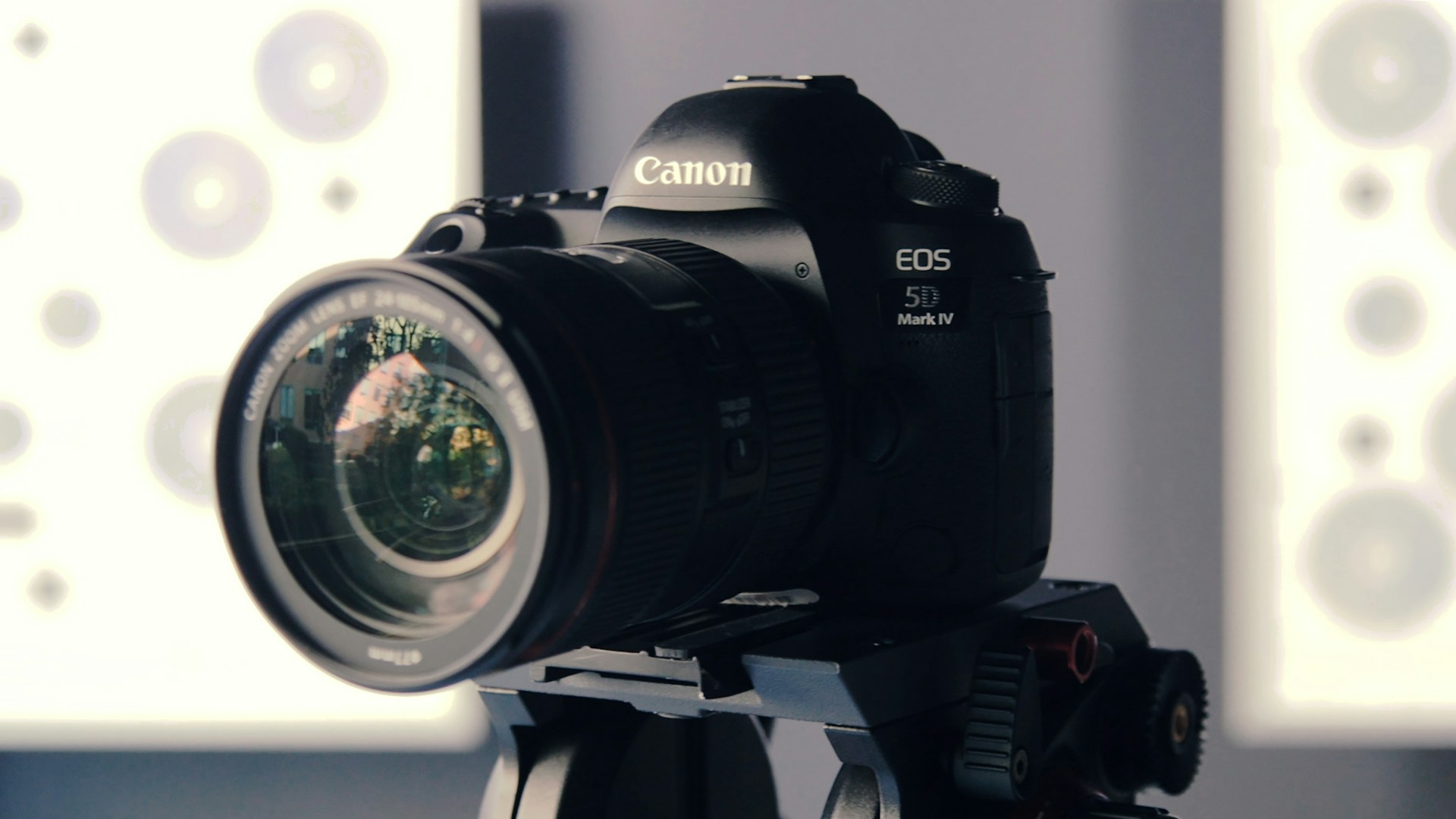
Common Budget Mistakes to Avoid
Expensive Errors Learn from others’ mistakes to avoid wasting money:
Gear Acquisition Syndrome (GAS):
- Buying before learning: Master current equipment first
- Believing marketing hype: More megapixels don’t equal better photos
- Impulse purchases: Always sleep on major equipment decisions
- Comparing to others: Your needs may differ from other photographers
False Economy Mistakes:
- Cheapest option bias: Sometimes spending slightly more provides much better value
- Ignoring total system cost: Camera body is just the beginning
- Skipping backup equipment: Single point of failure risks
- Inadequate insurance: Trying to save on protection costs
Research and Planning Failures:
- Insufficient research: Not understanding compatibility or limitations
- Ignoring reviews: Professional and user reviews reveal real-world performance
- Not trying before buying: Rent or handle equipment when possible
- Forgetting accessories: Budget for necessary accessories from the start
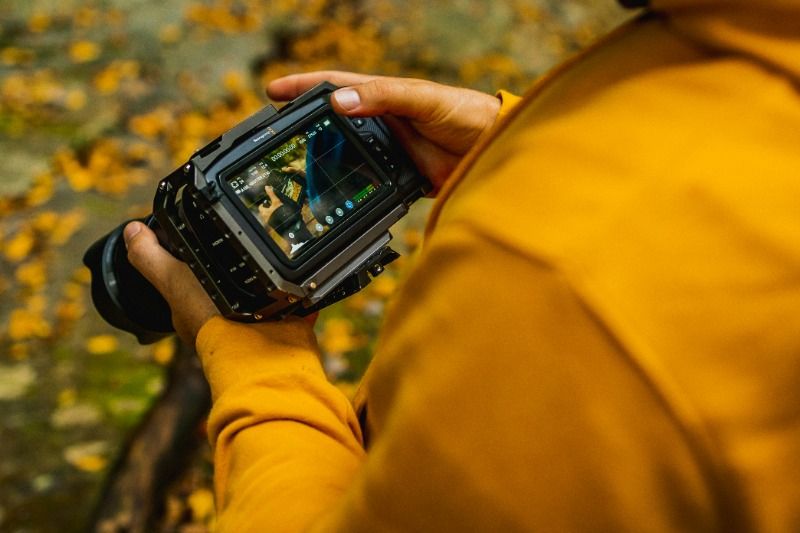
Building Professional Credibility on a Budget
Looking Professional Without Premium Prices Clients judge professionalism by results, not equipment brands:
Professional Presentation:
- Clean, well-maintained equipment: More important than latest models
- Organized approach: Professional bag organization, backup equipment
- Confident handling: Know your equipment thoroughly
- Consistent results: Master your tools for reliable performance
Portfolio Development:
- Quality over quantity: 20 excellent images better than 100 average ones
- Consistent editing style: Develop recognizable aesthetic
- Professional presentation: Website, business cards, portfolio materials
- Client testimonials: Social proof more valuable than expensive gear
Future-Proofing Your Equipment Investments
Making Smart Long-Term Decisions Consider how equipment choices affect future flexibility:
System Compatibility:
- Lens mount systems: Choose systems with good future lens roadmaps
- Battery compatibility: Standardize on battery types when possible
- Memory card formats: Consider future capacity and speed needs
- Software ecosystem: Ensure long-term support and updates
Upgrade Path Planning:
- Modular approach: Build system that allows incremental upgrades
- Resale value consideration: Popular brands/models retain value better
- Technology adoption timing: Don’t always need bleeding-edge features
- Professional growth planning: Anticipate changing needs as skills develop
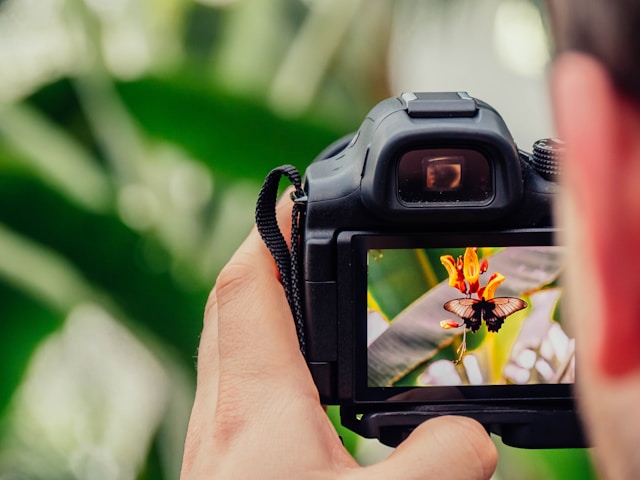
Conclusion
Building a professional photography kit on a budget in Canada requires strategic thinking, patient planning, and smart shopping. The key is understanding that great photography comes from photographer skill and vision, not from having the most expensive equipment available.
Focus your budget on equipment that directly impacts image quality – a sharp lens will improve your photos more than the latest camera body features. Buy quality items that will serve you for years, and don’t be afraid to start with used equipment or previous-generation models that offer excellent value.
Remember that your equipment should support your photography goals, not define them. Many successful Canadian photographers built their careers using modest equipment kits, focusing on developing their skills and vision rather than acquiring the latest gear.
Take time to research purchases thoroughly, try equipment when possible, and always consider the total cost of ownership including accessories, maintenance, and insurance. With careful planning and smart shopping, you can build a professional-quality photography kit that produces outstanding results without overwhelming your budget.
The most important investment you can make is in your own education and skill development. Great photographers create compelling images regardless of their equipment limitations, while poor photographers produce disappointing results even with the most expensive gear available.
